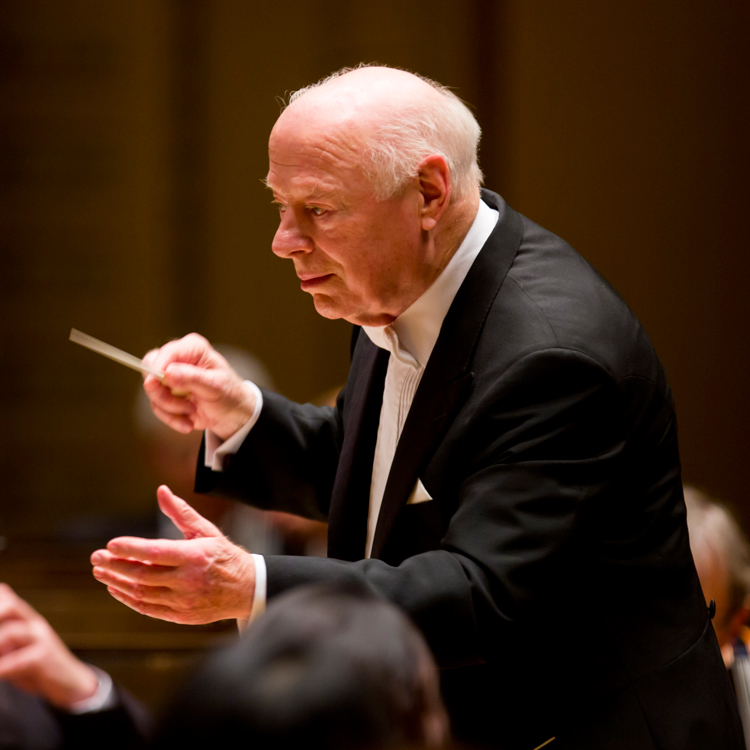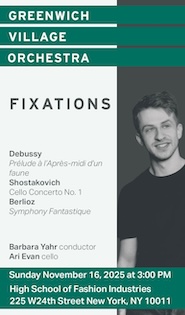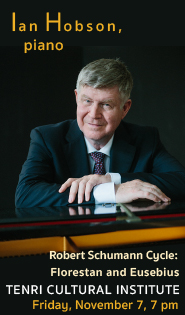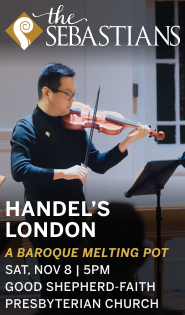Haitink leads Philharmonic in a magisterial Mahler 9

Bernard Haitink conducted the New York Philharmonic in Mahler’s Symphony No. 9 Thursday night. File photo: Todd Rosenberg
The New York Philharmonic has a history of being a great Mahler orchestra—they were Mahler’s own orchestra for a time—but the relative paucity of Mahler in the ensemble’s last several seasons–a stunning Sixth Symphony in February apart–gives one a sense of anticipation before a concert, as well an uncertainty over just what to expect.
The Philharmonic opened their current subscription week with Mahler’s Symphony No. 9 Thursday night, led by guest conductor Bernard Haitink. There will be three more performances of this program. Go.
What is it that makes great Mahler playing? Mahler’s music is unique, the Ninth Symphony extraordinarily so—it is endlessly imaginative, incomprehensibly skillful, and truly does, in the composer’s own aesthetic ethos, encompass the world. Or at least it does when it’s played this well, when the musicians have such command of the details and play with such musicality and understanding.
This was an exceptional orchestral performance. In a great year for the Philharmonic so far, Thursday night was somehow a step beyond; one wasn’t impressed with how well they played their instruments, one was exhilarated by the expression, by how deeply they dug into the music, and what it brought out in them.
First among superlatives was the entire brass section. This was the finest brass playing in Mahler these ears have ever heard. The section played with the force and quickness of a ball-peen hammer. They rendered evaluations of mass and blend irrelevant, instead playing with an astonishing raw sound, solo voices reaching out and exposing themselves to an extreme degree. The range of colors and timbres was stunning, the horns in particular making a Tom Waits-like snarl with their stopped notes. Principal horn Philip Meyers was the star of the evening, reaching out far and deep into the hall, playing with an old-fashioned butterscotch tone that was as big as the rest of the orchestra combined.
The strings sounded fantastic–clear, warm, bright, and complex. Haitink held them back in the first movement until the first section of chaos, and then they exploded in sound. Later in the first movement, after the second cataclysmic section, they pushed the music back up to its major key heights like Sisyphus, conquering the hill. In the finale, they played with great intensity, capturing Mahler’s unique combination of beauty and turmoil. The final pages were like one long inhalation and held breath, followed by the last, slow, exhale, evaporating into nothing.
Haitink’s tempos were consistently relaxed, but always attentive to what was ideal for both each individual phrase and the overall shape of the movements and the symphony. Those last determinations are essential in this piece, which needs a feeling of proportion between the first and last movements.
An entire performance can hang on the opening tempo, and Haitink’s was that of a contemplative stroll; it felt natural to the mercurial interior dialogue of the music. The finale, at about 25 minutes, felt relatively quicker than the style of the previous movements, but fit finely as a conclusion to what began with those very first few notes. There was a stretch of doubt during the Rondo-Burleske, when the tempo threatened to be too slow for too long, but from the Tempo I subito mark to the end, Haitink brought the orchestra to a dramatically quicker pace and a savage level of intensity.
With little intervention, the conductor mainly regulated the flow of music and the rise and fall of emotions, keeping energy in reserve to make contrasts and big moments register. He expertly managed the transitions of method and mood, whether they slashed or flowed. Amid the loud standing ovation from the audience, the orchestra offered their own applause to him.
Mahler’s Symphony No. 9 will be repeated 8 p.m. Friday and Saturday, and 7:30 p.m. Tuesday, April 19. nyphil.com.







